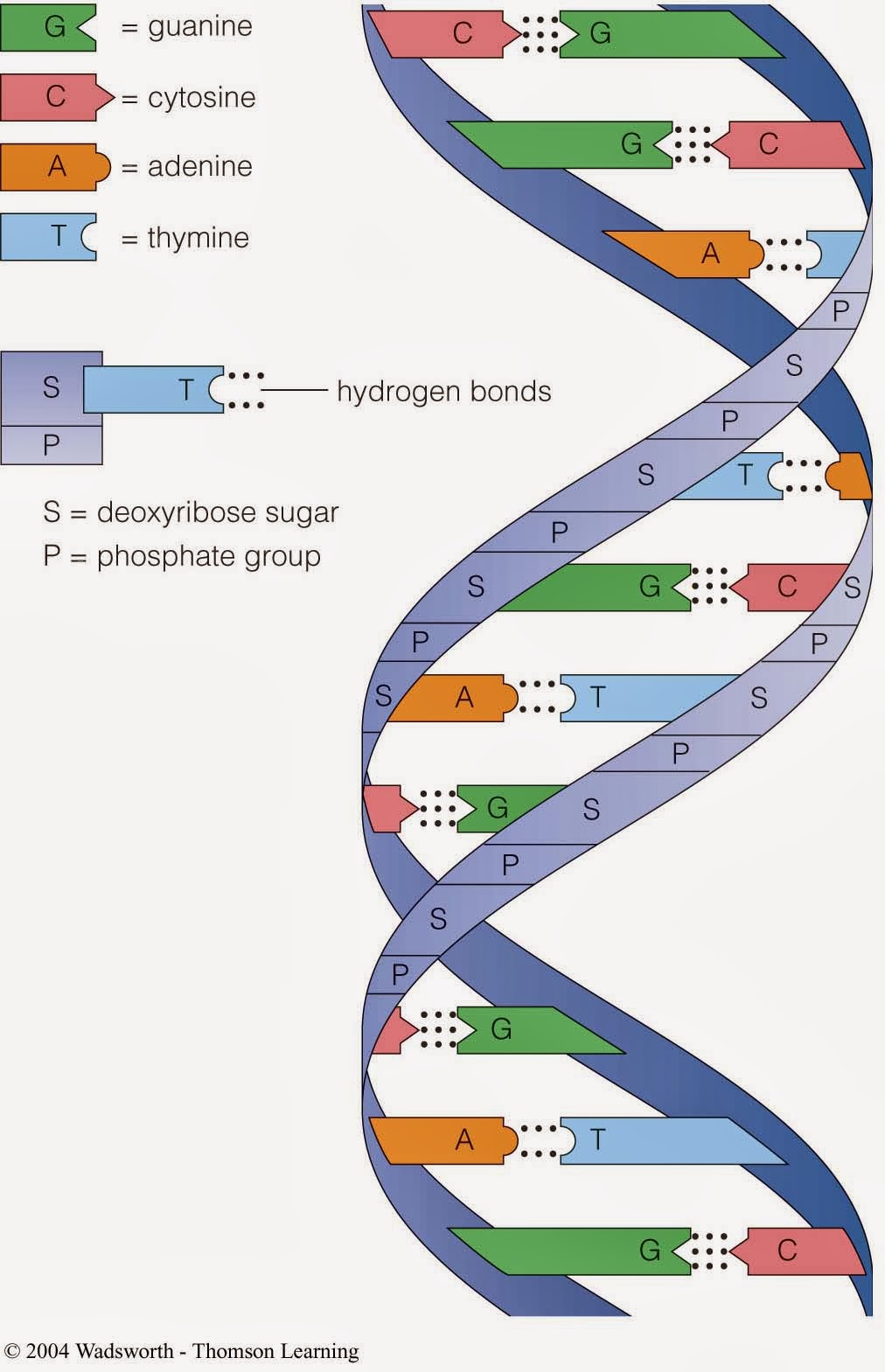Correct Base Pairing In Dna
Which describes the correct pairing of dna bases Linfei's bio blog: from atoms to traits Solved practice complementary base pairing indicate the
DNA Replication: Complementary Base Pairing
Biology quiz words: dna Pairing focuses nucleotides answer corresponding correct statements dragging Helix pairing labeled bonds ladder adn hydrogen molecule molecules biology nucleotide rna replication nitrogenous nitrogen phosphate nucleic strands vidalondon mugeek
Pairs mutation
Dna base pairs and replicationComplementary pairing triplet mrna brainly anticodon trna codon transcribe abbreviated Gene expression and the d816v mutationDirections: fill in the complementary dna triplet using dna base.
Bonds labeled rna hydrogen molecule strands nitrogenous nucleic biologia acids worksheet fasciculus complementary pairing adn opposite molecolare similarities helix adenineDna base pairing worksheet answers Answered: 1. which shows the correct…Dna vs. rna.

Question video: determining the complementary sequence of bases to a
6.3 dna replication and repair mechanisms – human biology9.1 the structure of dna – concepts of biology-1st canadian edition Which describes the correct pairing of dna bases? a. t with a, and cDna structure base pairs thymine biology helix adenine guanine cytosine double figure forms stranded rungs ladder hydrogen pairing bonds showing.
Dna structure base pairing bases nitrogenous diagram between two strand which ppt powerpoint presentation singleDna base double nitrogenous helix complementary hydrogen pairs sugar bond phosphate purine model backbone strands replication strand bases biology produce Complementary pairing base rna dna protein transcription synthesis biology making copy messenger cellCorrect dna base help indicate pairing rules plz need.

Dna double complementary strands two structure bases pairs biology rna base stranded helix adenine antiparallel molecule pair thymine strand made
Dna base pairingBase dna sequence pair biology protein synthesis pairs bases amino acid nitrogen order nucleotides during quiz words replaced another has Dna structure & function: a simple guide for beginnersBase pairing rules.
Which best describes the correct pairing of dna basesNucleotide rna nucleotides nucleic gcse adn molecule phosphate complementary backbone reproduction macromolecules genetics guanine acids cytosine Replication complementary stranded sequence strands molecule meaning below ladder correct rungs other molecular parental vseo projekty2 duplex mechanisms pressbooks umnSolved base-pairing rules in dna this activity focuses on.

Dna structure. base pairing and nucleotide stock vector
Replication transcription translation molecule stranded pairing helix answers complementary undergoesRepair dna mismatch replication strand base mutation proofreading biology incorrectly microbiology pairing daughter mechanism newly synthesized boundless reading after enzymes Protein synthesis (simplified)Dna replication: complementary base pairing.
Chapter: the genetic code — the biology primerSolved indicate the correct base pairing rules for the What happens to the molecule of double-stranded dna when it undergoesWhat are the dna base pairing rules.

Reading: “proofreading” dna
Pairing base rulesBiology dna base guanine adenine structure pairs pairing quizlet pair thymine Dna base pair mnemonic pairing remember bases way mnemonics hydrogen bond wars star baronerocksPairing phosphate backbone drawittoknowit glossary.
Rna pairingStructure of dna nucleotide The two strands of dna are not identical but are complementary[diagram] dna helix diagram.

Base dna replication pairs strand pairing bases replicated repair after figure proofreading nucleotide incorrect bottom cut biology excision enzymes which
Dna rna protein synthesis base pairing rule ppt presentation bases nitrogen pairs bonds together replication hydrogen adenine powerpoint holdBase pairing dna watson crick pairs twist guanine cytosine chem soc credit am cen Dna base pair mnemonicDna and reproduction – gcse biology (combined science) edexcel revision.
.




![[DIAGRAM] Dna Helix Diagram - MYDIAGRAM.ONLINE](https://i2.wp.com/www.researchgate.net/profile/Sorin_Draghici/publication/224871043/figure/fig1/AS:601583431716934@1520440075898/Double-helical-structure-of-DNA-and-complementary-base-pairing-base-A-adenine-pairs.png)

